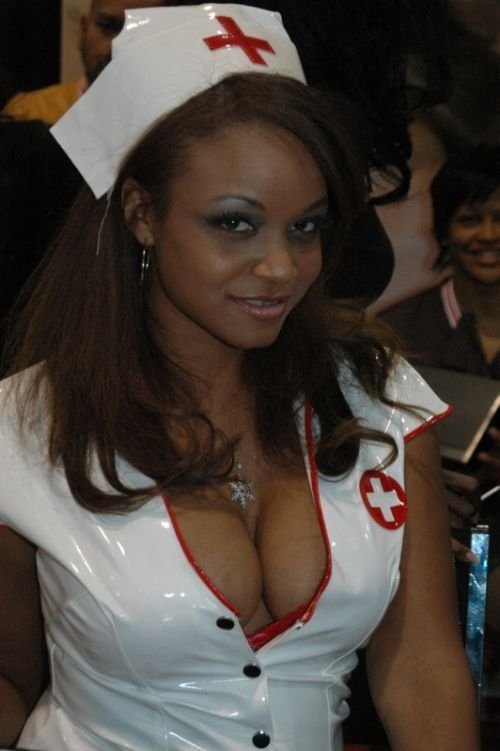|
|
Nurse Girl
|
World War II
• United States
As Campbell (1984) shows, the nursing profession was transformed by World War Two. The profession contained a basic tension between the tender loving care provided sick people, on the one hand, and the well-trained efficient specialists on the other was a historic tension in the nursing profession that was partially resolved by the war. The military wanted well-trained efficient specialists. All the services used enlisted men to handle the routine care of sick patients are wounded patients, and use their nurses as officers who were trained specialists. In military units, male doctors supervised female nurses, and both were officers, while the women in practice supervised large numbers of enlisted men. Although enlisted medic could become an officer, it was not easy, and none could become a nurse. Indeed there were no male nurses in the American military until years later. Army and Navy nursing was highly attractive and a larger proportion of nurses volunteered for service higher than any other occupation in American society. The nation responded by a dramatic increase in the numbers and functions of nurses, and a moderate modest increase in their pay scales, with the expansion powered by the training of 200,000 nurses aides by the Red Cross, and the creation of a temporary new government agency, the Cadet Nurse Corps, which enrolled 170,000 young women in speeding up training programs in the nation's 1200 nursing schools. About 5% five percent of the Cadet nurses, and Army nurses were black, but the Navy refused to accept black nurses until it was forced to admit a handful by the White House near the end of the war. The black Army nurses were used in all-black units, handle and to handle medical services for prisoners of war.
The public image of the nurses was highly favorable during the war, as the simplified by such Hollywood films as "Cry 'Havoc'" which made the selfless nurses heroes under enemy fire. Some nurses were captured by the Japanese, but in practice they were kept out of harm's way, with the great majority stationed on the homefront. However 77 were stationed in the jungles of the Pacific, where their uniform consisted of "khaki slacks, mud, shirts, mud, field shoes, mud, and fatigues." The 20,000 nurses in Europe were safely behind the lines. They had two missions one provide technical nursing services to military hospitals and second to train and the male Army medics and male pharmacy mates in the Navy. These men handled frontline nursing care, and also staffed homefront hospitals, where the nurses directly supervised them. The medical services were large operations, with over 600,000 soldiers, and ten enlisted men for every nurse. Nearly all the doctors were men, with women doctors allowed only to examine the WAC. Forward medical units, were emergency surgery was undertaken, was done without the benefit of nurses. Well behind the battlefield, the nurses worked in evacuation hospitals, primarily in the role of supervising the medics and the Navy’s pharmacy mates. The closer to the front, the more flexible and autonomous was the nurse’s’ role. The women wanted to be much closer to the front, but they had too weak a voice to counter the Pentagon’s highly protective attitude.
|
|









